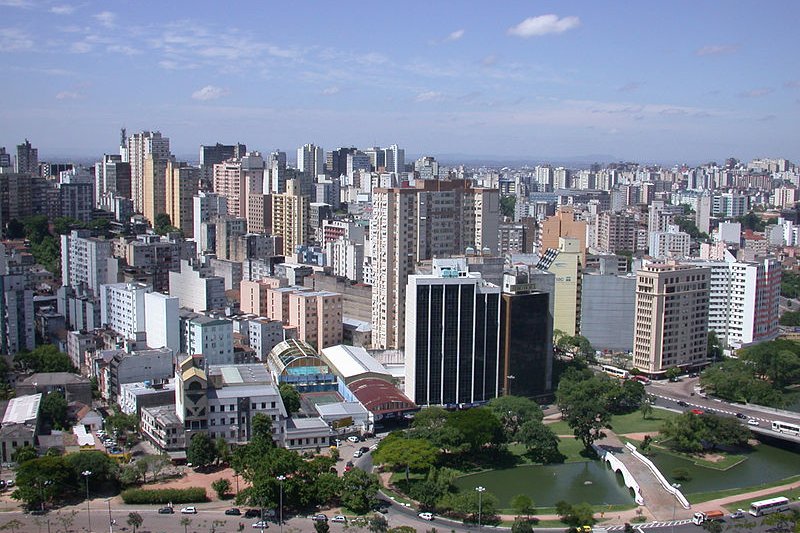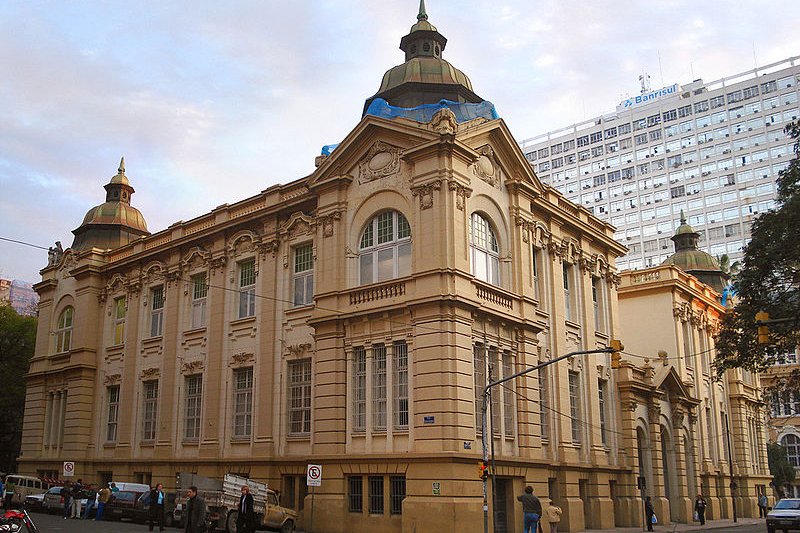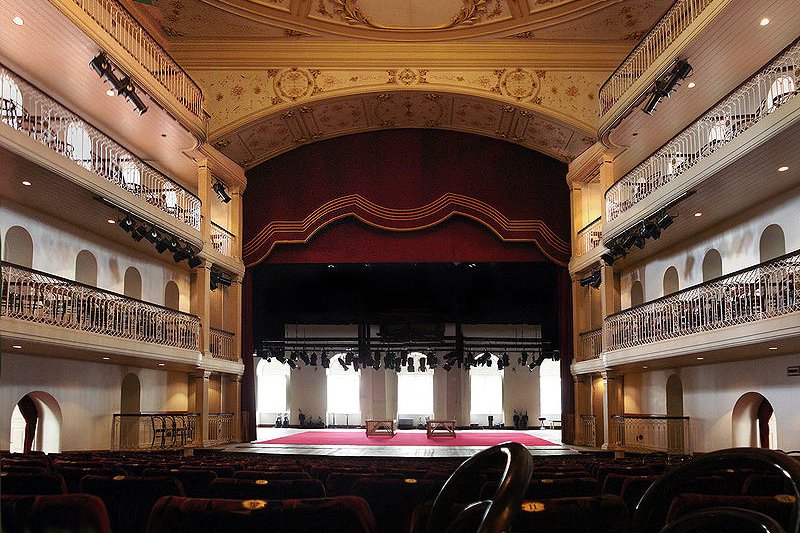 Downtown Porto Alegre
Downtown Porto AlegreSource: https://commons.wikimedia.org/wiki/File:Porto_Alegre_skyline.jpg
Author: Eurivan Barbosa

Porto Alegre is the state capital of Rio Grande do Sul, the southernmost state of Brazil. Covering 496 sq km (192 sq mi), it has a population of 1.4 million people (2011 estimate) within a metropolitan area of 3.9 million people. Porto Alegre is the 10th biggest city in Brazil within its fourth biggest metropolitan area.
Porto Alegre is situated at a delta where five river meet to form a big freshwater lagoon called Lagoa dos Patos (Lagoon of the Ducks). Porto Alegre was established with immigrants from the Azores who settled there during the late 18th century, to be joined later with immigrants from Germany, Italy and Poland.
Porto Alegre experiences a humid subtropical climate. Hottest months are January and February, when the average high temperature rises to 31°C (88°F). On the other hand, June and July are the coldest months, with average low temperature of 9°C (48°F). Porto Alegre receives the most rain during the cold months, with June and September being the wettest, each receiving 130 mm (5.1 in) of precipitation.
 Memorial do Rio Grande do Sul, Porto Alegre
Memorial do Rio Grande do Sul, Porto AlegreSource: https://commons.wikimedia.org/wiki/File:Memorial-do-rio-grande22.jpg
Author: Ricardo André Frantz

Today Porto Alegre is an important port and one of the main commercial and industrial centers for Brazil. Products passing through the city's port include soybeans, canned beef and leather goods.
Visiting Porto Alegre
The Porto Alegre Airport (POA), located 7 km (4.3 mi) from downtown, receives flights from major cities in Brazil as well as from Montevideo, Córdoba, Buenos Aires and Lisbon. The most practical way to reach the city is to take a taxi, even though it is a bit pricey. As the bus does not go into downtown, an alternative is to take it to somewhere near your destination, and continue the rest of the way by cab. Teatro São Pedro, Porto Alegre
Teatro São Pedro, Porto AlegreSource: https://commons.wikimedia.org/wiki/File:Tsp00.jpg
Author: Tetraktys

Places of Interest in Porto Alegre
- Casa de Cultura Mário Quintana
Neo-Classical building erected in 1923 as a hotel, and was used as a residence by a famous poet, Mário Quintana, for many years. - Catedral Metropolitania
The main cathedral of Porto Alegre, built in 1772. The designer was renowned Italian architect Giovanni Giovenale. - Memorial do Rio Grande do Sul
Memorial showcasing displays related to the social and political history of the Rio Grande do Sul area. - Mercado Público
This is the central market of Porto Alegre. It was built in 1869 in the Neo-Classical stye. Inside are stalls selling all kinds of food and household goods. - Monumento aos Açorianos
Memorial to the early settlers of Porto Alegre who hailed from the Azores. - Museu de Arte do Rio Grande do Sul
Museum showcasing the works of local artists, including a gallery exhibiting 19th century art. - Museu Júlio de Castilhos
Museum showcasing regional history located at Praça da Matriz. - Palácio Piratini
Historic building erected in 1909 in a mix between the Neo-Classical, Baroque and Rococo styles, housing the Governor's residence. - Praça da Matriz
Main square in Porto Alegre. It is lined by a number of historic buildings. - Santander Cultural
An art complex built between 1927 and 1932. - Santuário Mãe de Deus
A beautiful church on a site with lovely views of Porto Alegre. - Teatro São Pedro
The main concert hall of Porto Alegre. - Usina do Gasômetro
Originally built in 1928 as a themoelectrical power station, this historical building has been readapted today as a cultural center.
 Latest updates on Penang Travel Tips
Latest updates on Penang Travel Tips
Songs about Penang
About this website

Hello and thanks for reading this page. My name is Timothy and my hobby is in describing places so that I can share the information with the general public. My website has become the go to site for a lot of people including students, teachers, journalists, etc. whenever they seek information on places, particularly those in Malaysia and Singapore. I have been doing this since 5 January 2003, for over twenty years already. You can read about me at Discover Timothy. By now I have compiled information on thousands of places, mostly in Peninsular Malaysia and Singapore, and I continue to add more almost every day. My goal is to describe every street in every town in Malaysia and Singapore.
Copyright © 2003-2024 Timothy Tye. All Rights Reserved.


 Go Back
Go Back